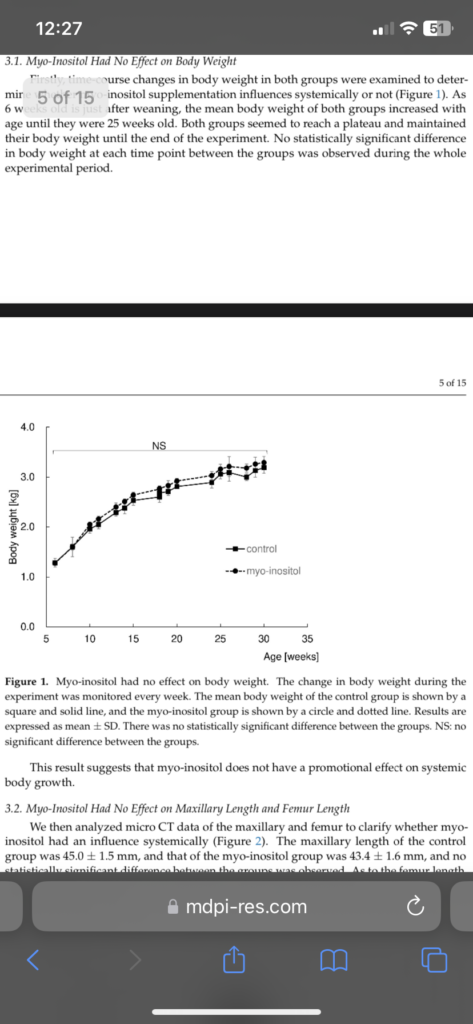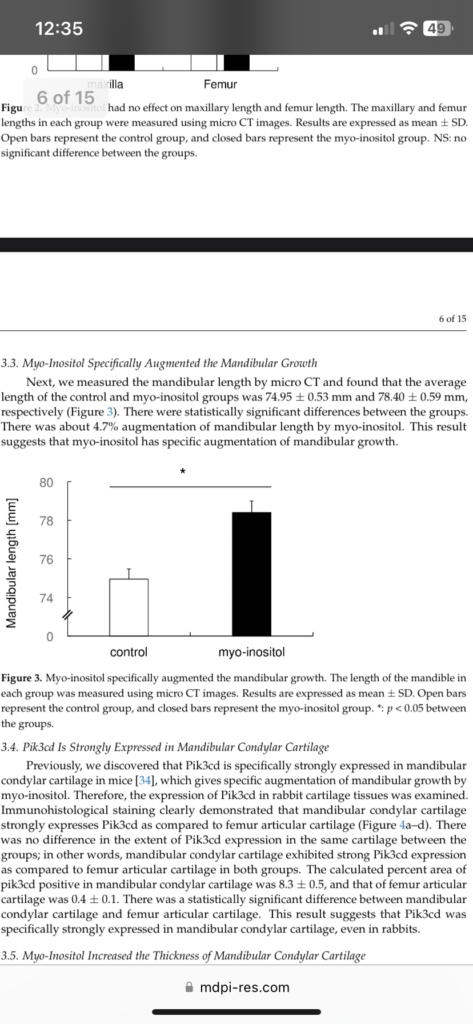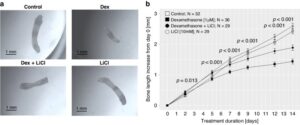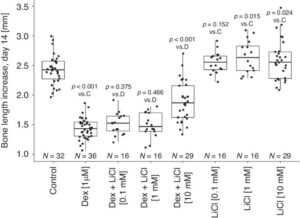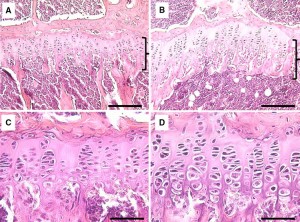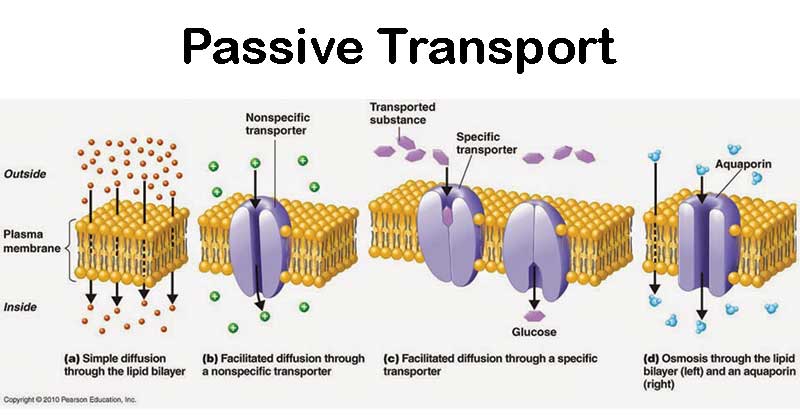My initial wingspan was 75 inches. My wingspan measurement is very consistent. I tried torsional loading for like 11 months got no measurable change in wingspan. I even tried manually added some vibration to the exercises no measurable change. I do the exercise above in the youtube video I got 1/16″ in a month. Then I do it for another month about 1/16″ so now my wingspan is about 75 1/8″. Also my thumb has gotten longer based on side to to side comparison with other thumb but there are rotation tricks you can do to fingers appear longer only x-rays are reliable and I have before x-rays but I need to get about 1/4″ to get x-rays because I need sufficient length gain to show up in the x-ray as even with gimp it is hard to detect minor changes.
Essentially, the exercise involves holding the end of a hammer with a pinch grip and then applying vibration to the hand using a machine gun. I do this for at least five minutes a day but often longer up to an hour. The hand does get fatigued doing this though so I have to take breaks. I usually multitask using the free hand.
There is minimal chance that there is measurement error. There is some variance with wingspan measurement but not really when fully stretched. I did torsional loading for 11 months trying to stretch for a result. No gain. I do this exercise for 2 months and the measurement starts creeping up. There is minimal chance that this is measurement error. It’s more likely to be something like soft tissue growth rather than measurement error but soft tissue growth will still be a find. But I still need others to reproduce the result. 1/8″ is small but when measuring something like wingspan or height for that matter once you’ve hit the stretching cap 1/8″ may as well be a mile. Once you’ve perfected stretching your wingspan out the only to increase the measurement is via growth.
The principle behind this exercise is that torsional loading moves fluid within the bone from areas of compression to areas of tension. Vibration makes changes faster so there is more movement than normal. Fluid flow stimulates osteocyte and stem cell activity and this part is not controversial. The controversial part is that it can make the bones longer.
Many anecdotal exercises that increase bone length involve torsion Arm Wrestling, Baseball pitching, Tennis, etc. Tennis also involves vibration as does arm wrestling.
Hiroki Yokota and Ping Zhang favored lateral load over axial loads because logically that is a better way to drive fluid flow within the bone. But torsional loading is superior to lateral loading because what better way to wring water out of a sponge by twisting it.
The exact mechanism by which fluid flow could increase bone length is unknown. But as fluid flow can stimulate osteocytes which can enhance both osteoblast and osteoclast activity which could theoretically remodel the bone to become longer it is possible to see a mechanism. Also the mechanism could involve stem cells as well.
Phase 1 the initial result is the hardest part. Now time to move the next phases:
- Get other people to validate the result
- Increase my own result so that it can show up on an X-ray
- Try to apply the result to other bones.
Here are the keys behind which are needed for the growth to work:
1: The load must be near the bone. If you want to grow the legs for instance squats and deadlifts wouldn’t work because the load is too far from the target bone the legs. The load must be near or on the legs. The reason has to do with direct and indirect loading. If the load is indirect then must of the load is due to muscle pull but if there is a direct loading force than you also get deformations due to the weight itself.
2. The vibration must be near the target bone. The exact location is not important but if the vibration is too far away then the vibrations will dampen before reaching the target bone.
3. The load must be sufficient to put a deforming force on the bone. If it is too light then it won’t drive fluid forces within the bone
Here are some ways to make the exercise more effective:
- The load should be asymmetrical. The more the bone is exposed to different regions of tension and compression the more fluid flow is going to flow within the bone
- The should be near the epiphysis as the epiphysis is more easily deformable than the diaphysis of the bone.
- The loading should be dynamic. The more dynamic the load is the more the regions of tension and compression within the bone will change.
These principles will help in designing exercises for the legs. The torso is challenging because of all the intervertebral discs and the difficulty of applying direct load but it will need to be tackled. It’s also possible to design other exercises for things like the jaw.
But next step is to have other people validate the results. So to validate it I need people to:
Before starting:
- Measure wingspan and thumb length and compare hands side by side.
- Do the measurement several times to get a feel for potential errors that happen in the measurement.
Then:
- Do the exercise in the video for five minutes a day either one hand or both hands
- Repeat the measurements done initially weekly.
- Report the Result.
Phase 1 is the hardest initial result stage. Now that that is done the result can follow but I need others to validate my result so if you think you an get an accurate measurement and can spare five minutes a day try it out.

